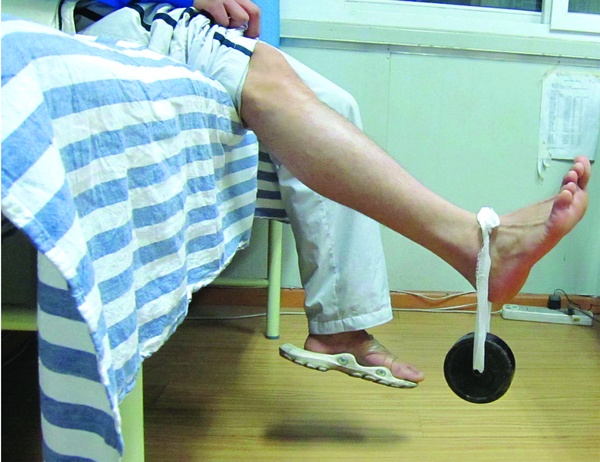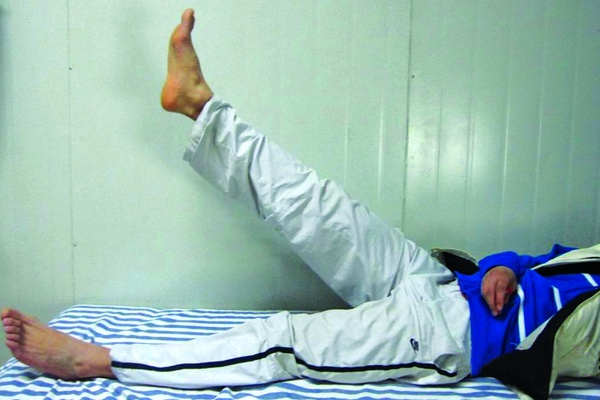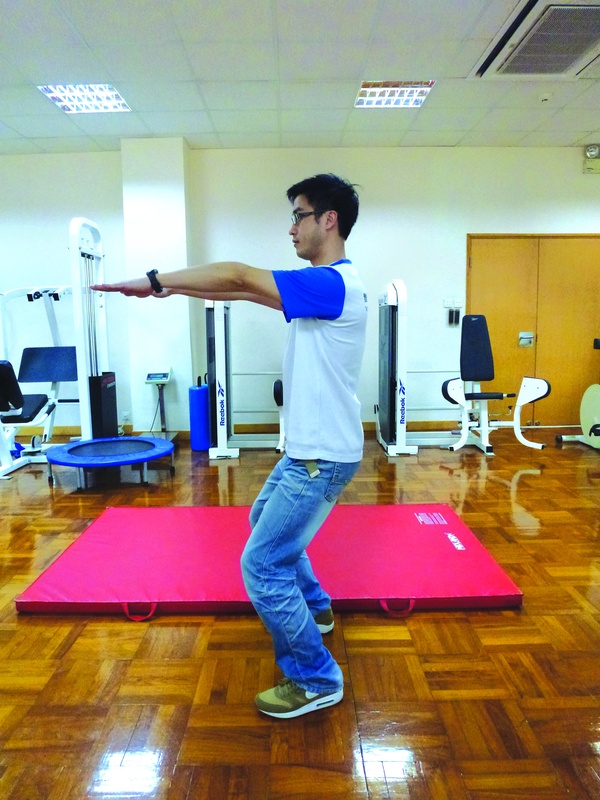Exercise Therapy for Chondromalacia Patellae
Chondromalacia Patellae, also known as Patellofemoral Syndrome or Patella Strain, refers to the degeneration of the patella caused by damage to the patellar articular cartilage, which will cause: swelling, fracture, loss and corrosion of the surface of the patellar cartilage. Such type of lesion is not limited to the surface, it also damages the corresponding trochlear femoral condyle cartilage. This type of sport injury is commonly found and occurred frequently in athletes, middle-aged persons and elderly people.
Although knee cap injuries are mainly caused by the chronic strain of the cartilage, some cases can gradually get worse due to trauma, in which an acute injury to the patellar cartilage gradually leads to osteoarthritis. The strain mechanism usually occurs because the knee joint is kept in a squatting position for a long period of time, or because of a repeated torsions and flexions caused by excessive dislocations, or even shocks and friction caused by rotations to the corresponding surfaces of the patella (knee cap) and femur (thigh bone).
During the early stages, only the knee joint will feel week and lack of strength when going up or downstairs. The symptoms become more obvious after exercising and ease off after resting. The symptoms will subsequently develop into a feeling of being unable to fully stretch their legs and pain is felt when force is applied. Pain will also occur when quick stop, accelerating, or when going up or downstairs. If pain symptoms occur, a simple walking would be a very painful movement for them.
The main therapeutic treatment for Chondromalacia Patellae is to practice more on lower limb strength exercise, particularly strength exercises for the quadriceps, which are essential to achieve rehabilitation, improve mobility and prevent recurrence. A few leg-strengthening exercises are presented below:
1. Squatting posture
Place your feet shoulder-width apart, with knees slightly bent at squatting position at a height in which both legs can feel the muscle working. Both hands should be pointing forward horizontally or placed on hips. The position should be held for 2 minutes each set. To start out, perform one set of this exercise in the morning and one in the evening. Later on, gradually change to two or three sets per session and 2 sessions per day. The squat height can also be appropriately reduced.
2. Leg straightening exercise
Lift the affected leg straight up 10 times while lying down, rest for 30 seconds and then lift 10 times again. Gradually increase the number of repetitions as time goes on.
3. Ankle weight-bearing exercise
In a sitting position, place the back of the knee on the bedside, put a 2-3 kg weight onto the ankle and lift your leg 7-8 times each set and then rest. Repeat the exercise after resting.





